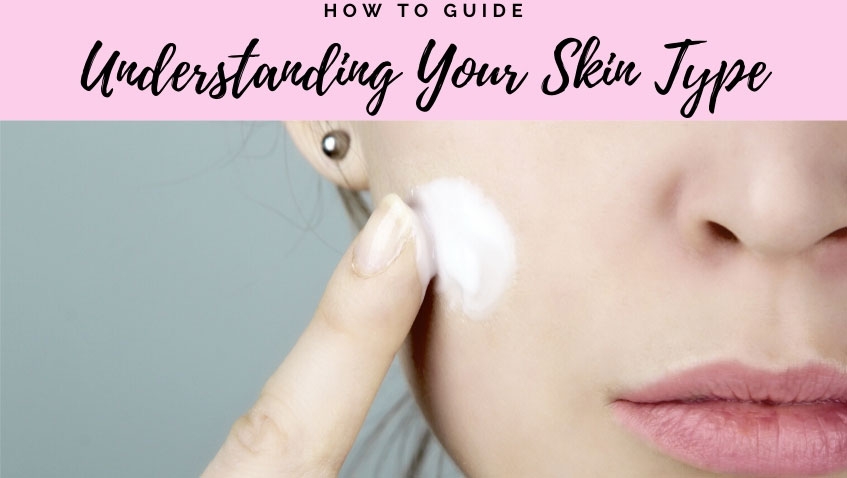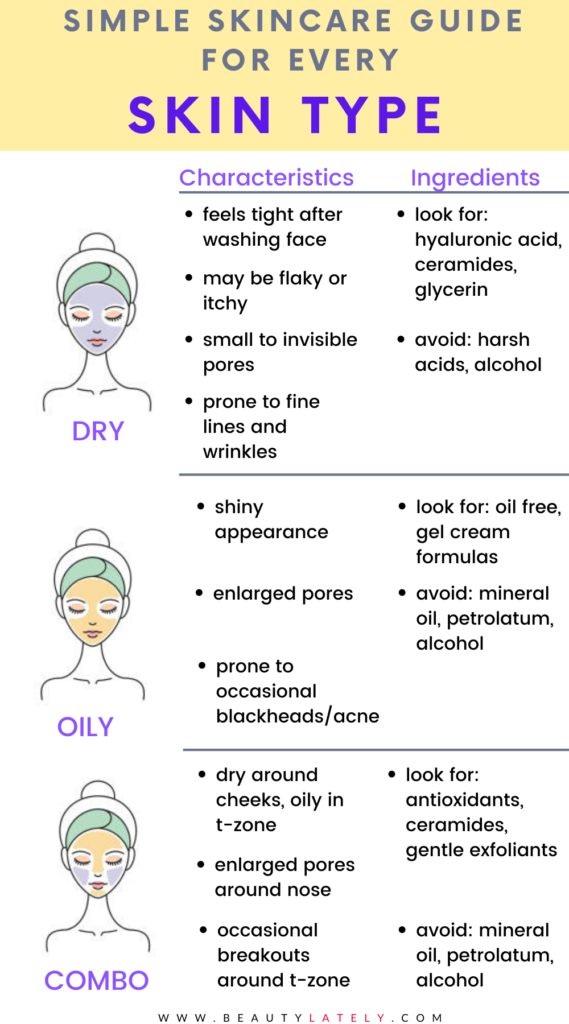
I purchased the wrong skin product for years.
YEARS. Wasted hundreds of dollars on products, and wondered why they didn’t work or even worse, caused irritation. Sound familiar? It should. It happens to thousands of women all around the world.
I knew taking care of my skin was important, so I didn’t waste time or effort investing in skincare products from a young age. The problem was, I didn’t know how to pick the right products. I just bought whatever sounded good. Sometimes, I picked whatever was the more expensive option, thinking if it was expensive, it had to be good.
So wrong. And so expensive.
It wasn’t until I actually started working in beauty and skincare, learned the science and understood my own skin, that I started to pick the right products and see a difference.
Here’s the thing though: understanding your skin can be confusing.
“Loved the way my skin looked yesterday. Not today.”
“I thought I had dry skin…why do I still get breakouts?”
Sound familiar? You’re not alone. I sat in countless focus groups over the years and listened to women complain about how confusing their skin can be.
But it doesn’t have to be that way. The secret to not wasting money and buying the right product?
Understanding your skin type.
Genetics and environment
Understanding your skin type begins with looking at two important factors.
Everyone has a unique skin profile based on two important factors: genetics and environment. Age, as it turns out, isn’t as important when determining skin type.
Your genes, or DNA, is your body’s blueprint, and determines everything about you: hair color, eye color, and of course, skin type. So, how your skin behaves has largely to do with what you’re born with.
The second big factor is environment. Everything you are exposed to on a daily basis can impact your skin and how it functions. The obvious ones: sun, moisture (or lack of), and humidity. The less obvious ones include things like your personal habits and lifestyle: smoking, stress, sleep, diet.
Two methods to determine skin type
1. The “Bare Face” Method
After you wash your face, gently pat dry. Don’t use any skincare products and wait 25-30 minutes.
Then, observe your skin.
Shiny around cheeks and t-zone? You likely have oily skin.
Tight and flaky areas? These are signs of dry skin.
If you see a mix of both: oily around t-zone and patches of dry spots or tightness, you have combination skin.
2. The Blotting Paper Method
This method is faster but does require you to have some blotting paper on hand.
Gently pat the blotting paper around your face: cheeks, forehead, t-zone.
Now hold it up to the light and observe.
Is the blotting paper covered mostly with oil? If it is….you guessed it, oily skin type.
Little to no oil? Dry.
If you did pick up some oil but only around some areas like forehead or t-zone, then you’re combination.
A side note: skin type does not equal skin concern
You might be wondering – what about acne prone, sensitive, or wrinkles?
Those are all skin concerns – not skin types.
Easy way to differentiate?
Dry skin and oily skin can both get pimples, right? It may be more common for oily skin people to get acne, but they’re not the only ones who suffer from it.
Similarly, anyone with any skin type can get wrinkles or have sensitive skin.
See why it’s so easy to get confused buying skincare?
The next step: Skin Type Profiles
Ok, now that you understand what skin type you are, you are one step closer to not wasting money – yay!
The next step is to understand your skin type profile. Your skin type profile will help you better understand things like:
- What forms of skincare products are most suitable for your skin type (e.g. gels, creams)
- What key ingredients to look for, and what to avoid
- What type of products are “must have’s” and what types of products you can skip altogether (waste of money!)
Click below to read more about your skin type:
Save a pin for later


